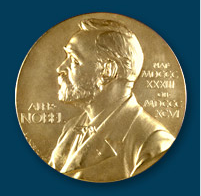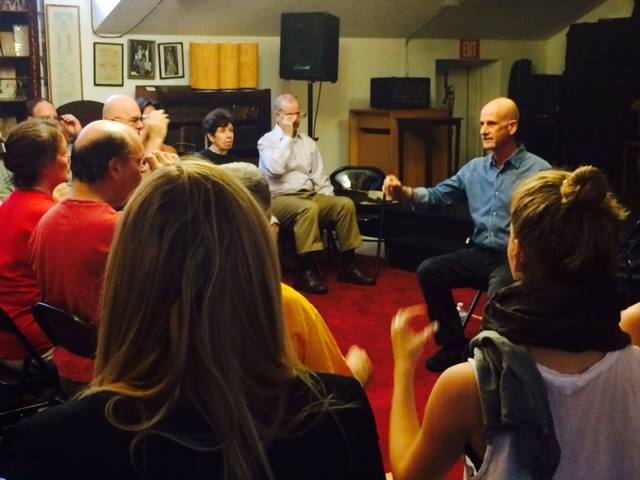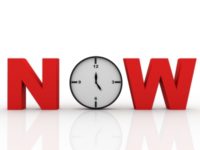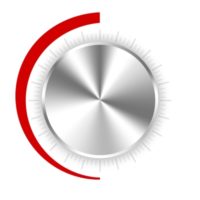 In 1973, Nicholas Tinbergen and two others won the Nobel Prize for Physiology-Medicine. He dedicated a good portion of his acceptance speech to F.M. Alexander and the Alexander Technique. Professor Tinbergen was an Alexander Technique student, as was his wife and daughter. They each took Alexander Technique lessons with different Alexander Technique teachers. What follows is the beginning of the portion of his Nobel Prize acceptance speech dedicated to the Alexander Technique. Here is the video of Tinbergen’s acceptance speech, where he talks about F.M. Alexander, the Alexander Technique and it’s benefits.
In 1973, Nicholas Tinbergen and two others won the Nobel Prize for Physiology-Medicine. He dedicated a good portion of his acceptance speech to F.M. Alexander and the Alexander Technique. Professor Tinbergen was an Alexander Technique student, as was his wife and daughter. They each took Alexander Technique lessons with different Alexander Technique teachers. What follows is the beginning of the portion of his Nobel Prize acceptance speech dedicated to the Alexander Technique. Here is the video of Tinbergen’s acceptance speech, where he talks about F.M. Alexander, the Alexander Technique and it’s benefits.
…My second example of the usefulness of an ethological approach to Medicine has quite a different history. It concerns the work of a very remarkable man, the late F. M. Alexander. His research started some fifty years before the revival of Ethology for which we are now being honoured, yet his procedure was very similar to modern observational methods, and we believe that his achievements and those of his pupils deserve close attention. Alexander, who was born in 1869 in Tasmania, became at an early age a ‘reciter of dramatic and humorous pieces’. Very soon he developed serious vocal trouble and he came very near to losing his voice altogether. When no doctor could help him, he took matters into his own hands. He began to observe himself in front of a mirror, and then he noticed that his voice was at its worst when he adopted the stances which to him felt appropriate and ‘right’ for what he was reciting. Without any outside help he worked out, during a series of agonising years, how to improve what is now called the ‘use’ of his body musculature in all his postures and movements. And, the remarkable outcome was that he regained control of his voice. This story, of perceptiveness, of intelligence, and of persistence, shown by a man without medical training, is one of the true epics of medical research and practice. Once Alexander had become aware of the mis-use of his own body, he began to observe his fellow men, and he found that, at least in modern western society, the majority of people stand, sit and move in an equally defective manner. Encouraged by a doctor in Sydney, he now became a kind of missionary. He set out to teach – first actors, then a variety of people – how to restore the proper use of their musculature. Gradually he discovered that he could in this way alleviate an astonishing variety of somatic and mental illnesses. He also wrote extensively on the subject. And finally he taught a number of his pupils to become teachers in their turn, and to achieve the same results with their patients. Whereas it had taken him years to work out the technique and to apply it to his own body, a successful course became a matter of months – with occasional ‘refresher’ sessions afterwards. Admittedly, the training of a good Alexander teacher takes a few years. For scores of years a small but dedicated number of pupils have continued his work. Their combined successes have recently been described by Barlow. I must admit that his physiological explanations of how the treatment could be supposed to work (and also a touch of hero worship in his book) made me initially a little doubtful, and even sceptical. But the claims made,first by Alexander, and reiterated and extended by Barlow sounded so extraordinary that I felt I ought to give the method at least the benefit of the doubt. And so, arguing that medical practice often goes by the sound empirical principle of ‘the proof of the pudding is in the eating’, my wife, one of our daughters and I decided to undergo treatment ourselves, and also to use the opportunity for observing its effects as critically as we could. For obvious reasons, each of us went to a different Alexander teacher. We discovered that the therapy is based on exceptionally sophisticated observation, not only by means of vision but also to a surprising extent by using the sense of touch. It consists in essence of no more than a very gentle, first exploratory, and then corrective manipulation of the entire muscular system. This starts with the head and neck, then very soon the shoulders and chest are involved, and finally the pelvis, legs and feet, until the whole body is under scrutiny and treatment. As in our own observations of children, the therapist is continuously monitoring the body, and adjusting his procedure all the time. What is actually done varies from one patient to another, depending on what kind of mis-use the diagnostic exploration reveals. And naturally, it affects different people in different ways. But between the three of us, we already notice, with growing amazement, very striking improvements in such diverse things as high blood pressure, breathing, depth of sleep, overall cheerfulness and mental alertness, resilience against outside pressures, and also in such a refined skill as playing a stringed instrument. So from personal experience we can already confirm some of the seemingly fantastic claims made by Alexander and his followers, namely that many types of under-performance and even ailments, both mental and physical, can be alleviated, sometimes to a surprising extent, by teaching the body musculature to function differently. And although we have by no means finished our course, the evidence given and documented by Alexander and Barlow, of beneficial effects on a variety of vital functions no longer sounds so astonishing to us…
Read the entire speech here. The section devoted to the Alexander Technique starts on page 122.
Mark Josefsberg-Alexander Technique NYC
(917) 709-4648










Leave A Comment